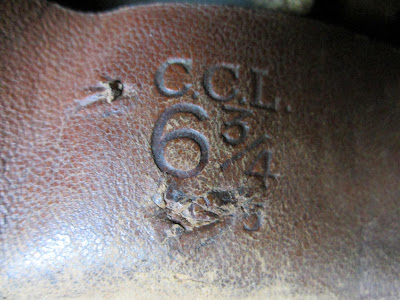American painter, Harvey Dunn (March 8, 1884 – October 29, 1952) was an American illustrator and painter. His best known work is The Prairie is My Garden. He was primarily known for portraying scenes of the Great Plains, but he also made a name for himself
for his images of the Great War.
Do click for larger images, you'll be glad that you did.
A recurring theme for Dunn is the depiction of American soldiers
fighting through ruined towns.
These doughboys are advancing across a no-man's-land illuminated by flares.
This work is entitled The Machinegunner
American soldiers in rubber knee-boots perhaps returning from the trenches to a rear-area.
German prisoners as litter-bearers for wounded Americans returning from the front lines.
A Renault tank supports an advance through the wire.
A doughboy fighting through the wire of no-man's-land.
American artillerymen night-firing a 75mm field gun.
Wounded and stunned soldiers after the fight.
An advance through a ruined village.
Dunn's paintings and illustrations provide vivid documentation of American combat that he observed during the First World War
These army trucks trundling along have the look of covered wagons rolling across the American landscape...
not surprising, considering Dunn is best known for his painting The Prairie is My Garden.
(please do click to enlarge)
Dunn died in 1952 at the age of sixty-eight but left a memorable record of the American effort during the Great War.






























































